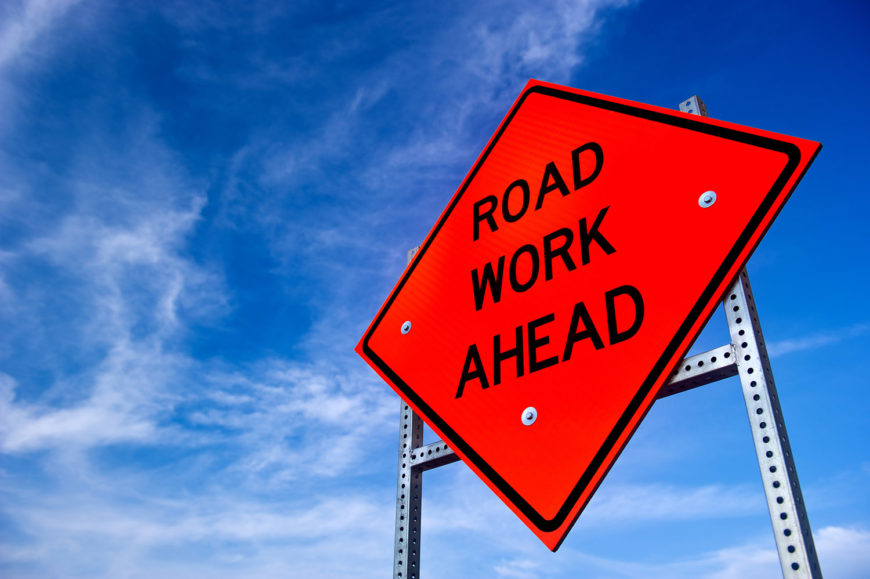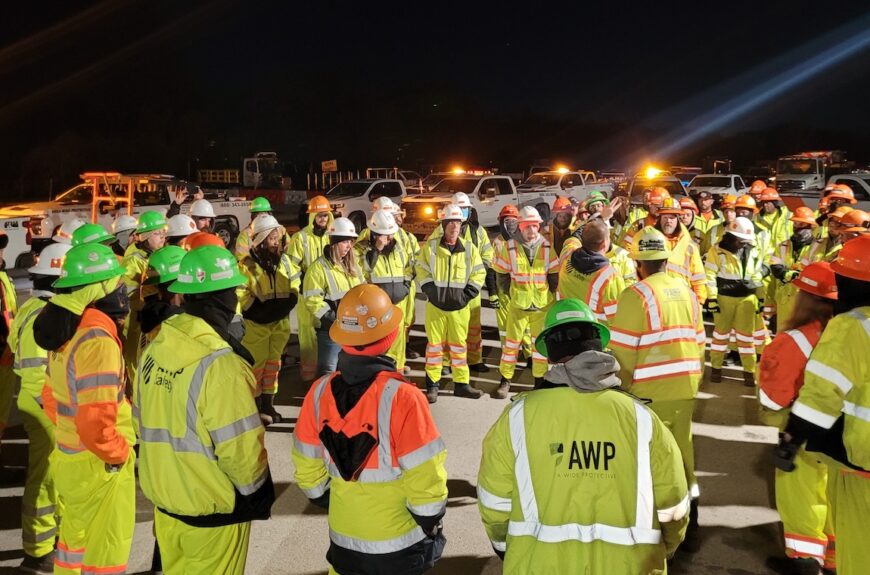
Staying Safe in the Zone
There is no doubt that road work can be a serious risk if motorist do not respect the work zone. Road work can be hazardous to motorists and workers. Drivers are required to navigate through complex work zones with an array of signs, barrels, and lane changes. If the motorist is not paying attention, it can lead to a very dangerous outcome.
At AWP, we can promise to guide motorists through these construction zones in a safe and efficient manner to protect those outside, and inside, the work zone. With your help, we can achieve our goal to have zero work zone incidents.
Use the following saFe driving tips from the FHWA to help protect those in and around the work zone:
- In any work zone along any road, you should expect the unexpected. Normal speed limits may be reduced, traffic lanes may be changed, and people and vehicles may be working on or near the road.
- Diamond-shaped orange warning signs are posted in advance of road construction projects. Slow Down and Pay Attention!
- In addition to other warning signs, a “flagger ahead” warning sign may be posted in the work zone. When you see this, stay alert and be prepared to obey the Traffic Control Employee’s (TCE) directions. In a work zone, a TCE has the same authority as a regulatory sign, so you can be cited for disobeying his or her directions
- Stay calm. Work zones aren’t there to personally inconvenience you. They’re necessary to improve the roads for everyone.
- You may see flashing arrow panels or “lane closed ahead” signs. Merge as soon as possible. Do not zoom right up to the lane closure and then try to merge. Motorists can help maintain traffic flow and posted speeds by moving to the appropriate lane at first notice of an approaching work zone.
- Slow down when the signs say to. A car traveling 60 mph travels 88 feet per second. If you are going 60 mph and pass a sign that states “road work 1,500 feet” you’ll be in that work zone in 17 seconds.
- The most common crash in a highway work zone is the rear-end collision, so remember to leave two seconds of breaking distance between you and the car in front of you. The amount of space required to provide two seconds of stopping time will increase the faster you are driving.
- Keep a safe distance between your vehicle and traffic barriers, trucks, construction equipment and workers. Just like you, highway workers want to return home safely.
- Some work zones, such as painting, road patching and mowing, are mobile, moving down the road as the work is finished. Just because you don’t see the workers immediately after you see the warning signs does not mean they are not there. Observe the posted signs until you see the one that says you’ve left the work zone area.
- Highway agencies use many different and varying ways to inform motorists about the location and duration of major work zones. Often, the agencies will suggest a detour to help you avoid the work zone entirely. Plan ahead, and try the alternate route.



